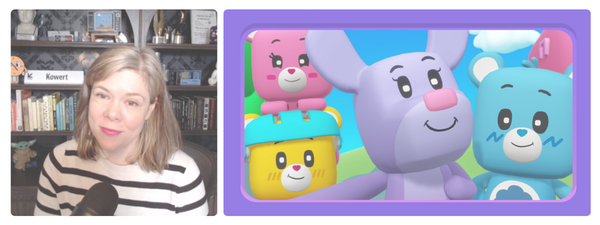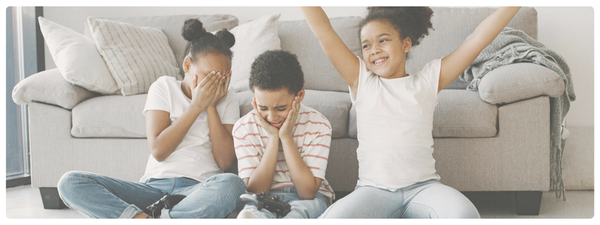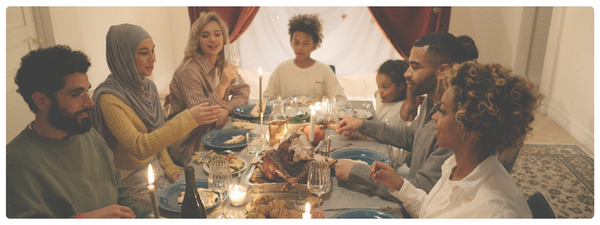Alongside their ABCs and 123s, kids today are learning their DMPs: Digital, Media, and Platform Literacies.
Of these three, you’re probably most familiar with digital literacy and least so with platform literacy. All are equally important and ultimately interconnected, so we’ll explain and integrate them all:
- Digital literacy: Skills to use and evaluate digital tools and content.
- Media literacy: The ability to analyze and interpret the messages the media sends.
- Platform literacy: Awareness of how digital platforms themselves shape behavior and experiences.
For young kids in those first few years of school, an appropriate understanding of digital tools, media sources, and platform risks is an important foundation to set. They’re not going to know (or be expected to know) all the answers, but to approach today’s digital experiences with the right amount of curiosity, caution, and creativity.
You wouldn’t send your kids to the playground up the road without knowing who was there and knowing if the playground was appropriate for their age. We’re just asking the same questions in a new environment.
What is Digital Literacy?
Digital literacy starts with the ability to simply find and use a digital tool, and extends to knowing how to evaluate its content, create with it, and use it as a communication tool. Especially at this stage of development, age-appropriateness is one of the most important elements.
In practice, that extends directly into online etiquette. That is, teaching young kids from the earliest of ages that “what you online matters.” To put it in their own terms, would they be comfortable with their parents seeing it? Their friends at school? A teacher, leader, or authority figure? That’s an approachable measure at this age, and it helps develop the recognition and self-control needed to begin participating in digital communities.
Digital literacy also includes considerations about their so-called “digital footprint.”
Digital Footprint Awareness
Things on the internet last forever. Even when it seems like it might not be the case. You might share a picture with just one friend and you think only that one friend is seeing it, but even if they delete it, there is a footprint if some kind that is left behind.
Digital literacy comes by recognizing and understanding the impact of our digital footprint, especially as kids start to create and share. Not sharing their name, location, password, or other sensitive information is a good starting point.
Even at a young age, kids can start to understand that what they do online can stick around. That’s the heart of digital footprint awareness: knowing that actions, messages, photos, and posts often leave a lasting impact.
This doesn’t have to be a scary concept. In fact, it can start with a simple conversation:
- “Would you want someone to see this tomorrow?”
- “Should we ask before posting this?”
- “Once we put this online, can we really take it back?”
As parents, we need to assume that everything we put on the internet lives there forever. Even if a platform promises that content disappears (like Snapchat), screenshots, secondary photos, and company databases can preserve it.
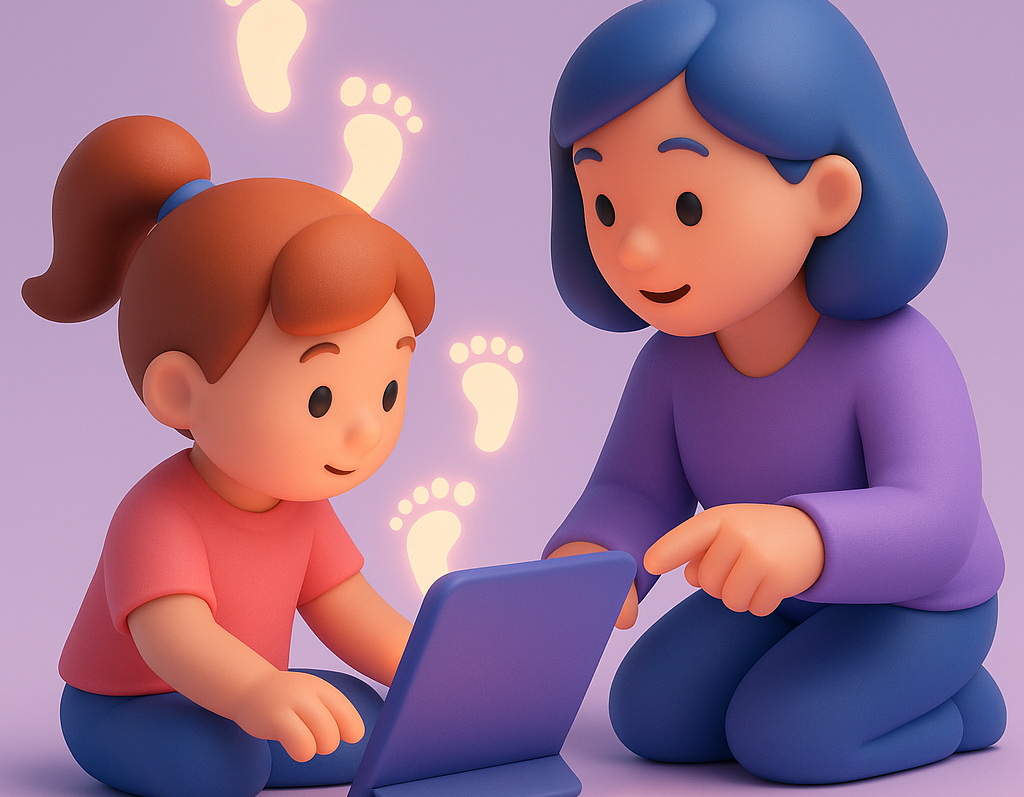
That’s a message even 7-year-olds can begin to grasp. While they may not be posting on their own yet, they often choose usernames, send emojis, or appear in shared photos. Teaching them to pause and reflect, or ask before sharing, builds early habits of care, caution, and respect for other people’s online presence, too.
Over time, this awareness expands into digital self-expression (or in their seamlessly digital era, just “self-expression”):
- How do I want to present myself online?
- What kind of person am I showing others?
- Will I want this to be online forever?
Caregivers can reinforce this thinking through modeling. Mention when you choose not to post something, or explain why you don’t share your child’s name or photo publicly. These choices spark understanding and plant the seed that digital life is not separate from real life.
What is Media Literacy?
Media literacy is about evaluating the messages we’re receiving through our digital experiences and interactions. It involves recognizing and considering what’s trustworthy and from what perspective from which it comes. Kids at this age are still starting to understand the role of media in their lives, and they’re going to begin learning how to behave and interact in online spaces, especially as they get closer to age seven.
As kids access and create media in digital games, tools, learning modules, entertainment, and elsewhere, they’re molding their media literacy. As parents, we subconsciously do this all day, so that makes it an easy opportunity to narrate it for our kids to exemplify the concepts.
When you’re searching for information online while the kids look over your shoulder, you can explain why you click or avoid certain sources. Kids growing up in digital spaces where everything is presented as great and trustworthy means they need parental curation to understand the way those signals can be misrepresented online.
For our kids, we can help them develop media literacy by:
- Understanding that media is made by people, with perspectives and goals
- Learning to recognize bias, misinformation, persuasion (ads vs. shows)
- Empowering critical thinking: is this meant to teach, entertain, or sell?
- Recognizing what’s trustworthy (e.g., a NatGeo video vs. an AI-generated YouTube clip)
This kind of learning builds slowly, but the seeds start early. Caregivers can talk about who made a game or video, whether something feels real or fake, and whether it’s trying to teach, entertain, or persuade. These simple conversations support deeper critical thinking down the line.
In the classroom, some of these lessons are being instilled as digital tools integrate further into the education system. But there’s still a wide space for media literacy in the Life Preparedness Gap. That’s also true about the digital spaces where they find, share, and talk about this media. Enter: platform literacy.
What is Platform Literacy?
Platform literacy refers to how digital worlds shape our behavior and experiences within them. It’s also about how we navigate specific platforms and use their tools. That might mean showing them how to check reviews before downloading an app, how to use settings like “mute” or “block,” and why it’s important to pause before granting access to things like their contacts or location. These small steps help kids understand that digital spaces aren’t all the same, and they’ll need different strategies to use each one safely.
Recently discussed by Sonia Livingstone, a Professor of Social Psychology at the London School of Economics, platform literacy can improve kids’ experiences within these digital environments, even if the tools themselves don’t always make it as easy as they could.
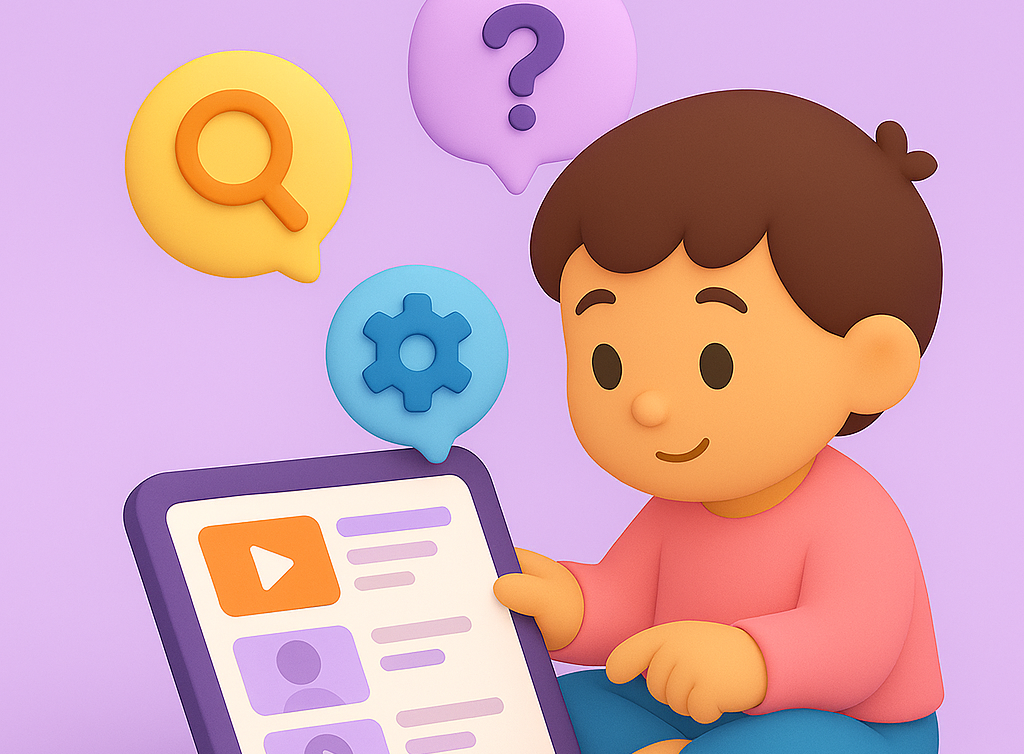
Ask yourself, if you found something inappropriate on an app, would you know how to report it? That’s a simple way to gauge your platform literacy and point out its cruciality to having safe, high-quality experiences. Platform literacy means learning how apps and websites are designed — like why some videos keep popping up or why a game asks for your information. When kids notice these patterns and talk about them with adults or friends, they start to understand how to stay safer and make smarter choices online.
For young kids, much of platform literacy comes down to staying safe and private. Even kids’ apps request permissions, such as access to contacts or photos. So those conversations can be had.
Whenever your kids enter a space with “Block, Mute, Report” options, it’s really about sitting down and doing it with them. Even if they say, ‘Mom, I know how to do it,” you should sit down and do it because every platform is different. Emphasize the importance and anonymity of these features — no one will know if they do it, so use it whenever there’s a whiff of concern.
How These Literacies Work Together
Digital literacy is a bit of an umbrella term, but media literacy and platform literacy are essential parts within that umbrella — it doesn’t hold up without them. As a kid hops on YouTube, they’re tapping digital literacy to navigate it, media literacy to evaluate the content, and platform literacy to personalize their experience.
These skills build slowly, but early conversations prepare kids for later, more complex learning.
Responsible Use of Tech
Teaching kids to use technology responsibly can be like teaching them to look both ways before crossing the street. These are the skills we need to interact in today’s world. It’s not supposed to be a burden or a punishment, but just ways to use platforms correctly for the best experience, both enjoyable and safe.
It’s about teaching care, thoughtfulness, and integrity in how we interact with devices and digital content.
At this age, it can be as simple as:
- Asking before downloading a new app
- Sitting down while playing to avoid dropping the tablet
- Not copying someone else’s creation in a game or project
- Recognizing that people make the things we see online and we can’t just take them
Even these small moments matter. They build the early sense that technology is a privilege, not a right. Using it well means being mindful of both the tools and the people behind them.
Eventually, that means having conversations about intellectual property and plagiarism, but for now it’s enough to teach kids about giving credit and sources for things they share online.
As for screen time, responsible use includes setting boundaries with kids, not just for them. When caregivers model moderation and talk openly about taking breaks or tuning in to how tech makes them feel, it shows kids how to build digital self-regulation skills from the start.
Online Safety & Privacy
Teaching kids how to protect themselves is foundational to everything else they’ll do in digital spaces. At ages 4–7, that includes:
- Not sharing personal information (like their name, school, or address)
- Creating strong passwords and not sharing them with others
- Asking an adult before clicking, chatting, or downloading anything new
- Not talking to strangers
- Knowing how to block, mute, and report inappropriate content or disruptive users
- Being able to openly speak to an adult when they feel uncomfortable
Online safety also includes recognizing when something doesn’t feel right — like pop-ups, unusual messages, or in-game prompts that ask for info. We can empower kids to hit pause, ask for help, and trust that adults will support them (without shame) when they do.
I tell my kids, if something feels weird at all, please come to me. It’s not your fault. We will help figure it out together. You’re not going to get in trouble for coming to me — we can talk about what happened and the decisions that were made — but I will always help you.
Most importantly, caregivers should keep the focus on openness and learning. Safety doesn’t mean a fear-based approach, but about giving them tools to use carefully and appropriately.
Civic Understanding & Digital Access
Digital, platform, and media literacy also includes understanding rights, access, and inclusion within digital spaces. For kids, this can be framed as fairness, access, and belonging. Could they experience racism in an online game? Do they recognize, on some level, the privilege of even having a device or internet access?
What happens when they go to a friend’s house and see a game they’ve never played, or explore online spaces with more freedom than they have at home? Instead of avoiding these situations, we can be open with our kids about how other homes have different rules, devices, and access. These conversations are wise to have on a parent-to-parent level, too.
Explaining what is and isn’t allowed, and why, sets clear boundaries while acknowledging what’s out there. That builds trust at a foundational level, before access increases naturally through school, smartphones, and social settings.
On the flip side, some kids may have more access, devices, or games than their friends. Understanding the responsibility and privilege of that position helps them navigate those social situations with empathy.
Technology is a tool, not a right — but kids do have rights within that space: the right to engage, the right to feel safe, and the right to access information that’s appropriate for them.
Conclusion: Raising Literate, Thoughtful Digital Citizens
Kids (and parents) don’t need to master everything at once. Even breaking it down into these three buckets of digital, media, and platform should make it easier to digest.
It’s never too early to have these conversations. You may think it sounds silly to have these conversations with a four-year-old, but they’re absorbing and learning everything at an incredibly rapid rate. They will give them confidence and resilience. We’re setting the foundation for a lifetime of engaging in digital spaces.
Even if you’re handing them a tablet that’s been perfectly curated, they are not learning the skills to discern as they get older. We need to have those conversations as early as possible so they can be little critical thinkers.”
Seeds planted early — asking questions, thinking critically, pausing before sharing — grow into strong habits.
FAQs: Digital, Media, and Platform Literacy for Kids
What’s the difference between digital literacy and media literacy?
Digital literacy is knowing how to use, evaluate, create, and communicate online. Media literacy is about analyzing the messages behind content, such as recognizing bias, persuasion, or misinformation. Kids need both to navigate today’s digital world.
What is platform literacy, and why does it matter for young kids?
Platform literacy is understanding how specific platforms work. For instance, understanding how permissions and data collection vary across platforms as well as the different rules and norms. Even young kids can begin learning that platforms aren’t all the same, and each requires slightly different habits and safety steps.
How can I start teaching digital, media, and platform literacy at home?
Start small. Ask questions like, “Why do you want this app? Or to watch this video?”, “Who made this?”, or “What permissions is this app asking for and why?” Model turning off location sharing or checking app reviews together. These everyday conversations build critical habits without overwhelming kids.
At what age should kids learn about their digital footprint?
Even at ages 4–7, kids can grasp the basics: once something goes online, it may last forever. Simple prompts like, “Would you want someone to see this tomorrow?” or “Would you be comfortable with your grandma seeing this?” can help kids reflect before sharing, and reinforce that their digital life is part of their real life.
How do I encourage online safety without scaring my child?
Keep the focus on openness and trust. Frame safety as using tools wisely, not as a list of fears. Encourage kids to pause, ask questions, and come to you if something feels wrong and reassure them that they won’t be punished for speaking up.


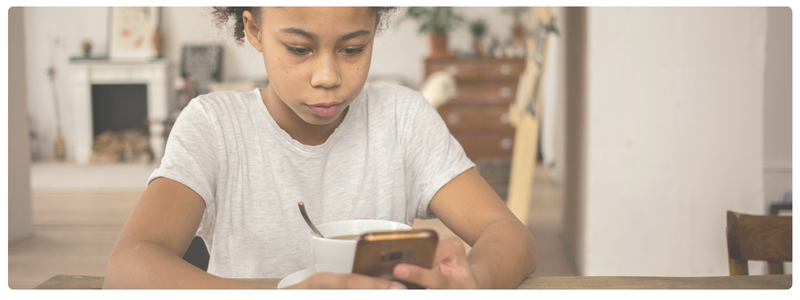
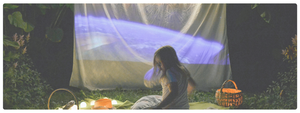
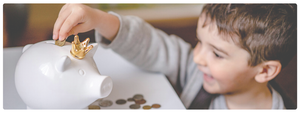
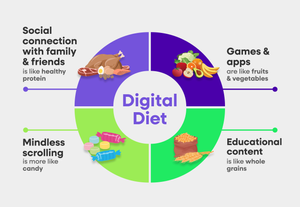
 Copy Link
Copy Link
 Share
to X
Share
to X
 Share
to Facebook
Share
to Facebook
 Share
to LinkedIn
Share
to LinkedIn
 Share
on Email
Share
on Email
